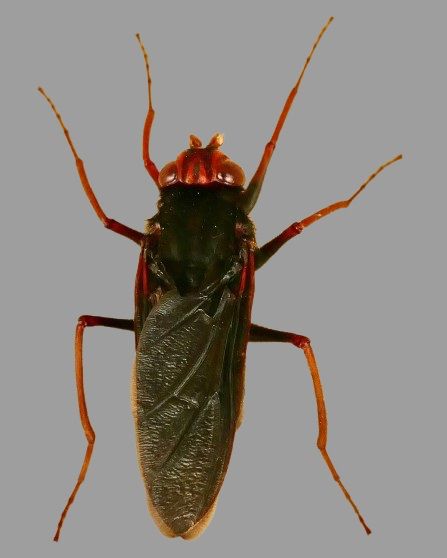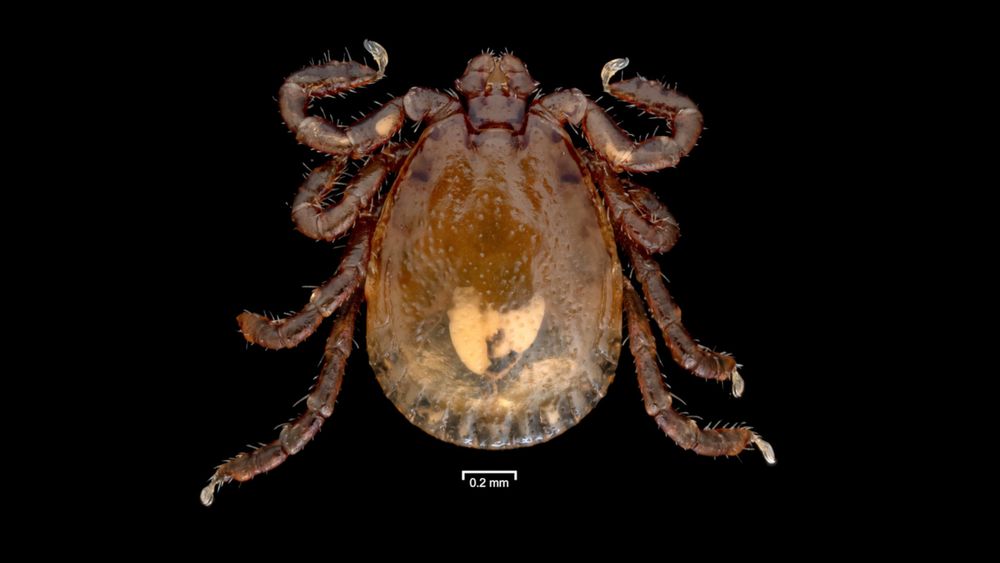IUCN SSC Parasite Specialist Group
@iucnparasites.bsky.social
46 followers
10 following
10 posts
Welcome to the official page of the IUCN SSC Parasite Specialist Group! We're an IUCN network of scientists and practitioners working on the conservation of rare and ecologically important parasite species.
Official Website: https://www.iucnparasites.com
Posts
Media
Videos
Starter Packs
Reposted by IUCN SSC Parasite Specialist Group




















